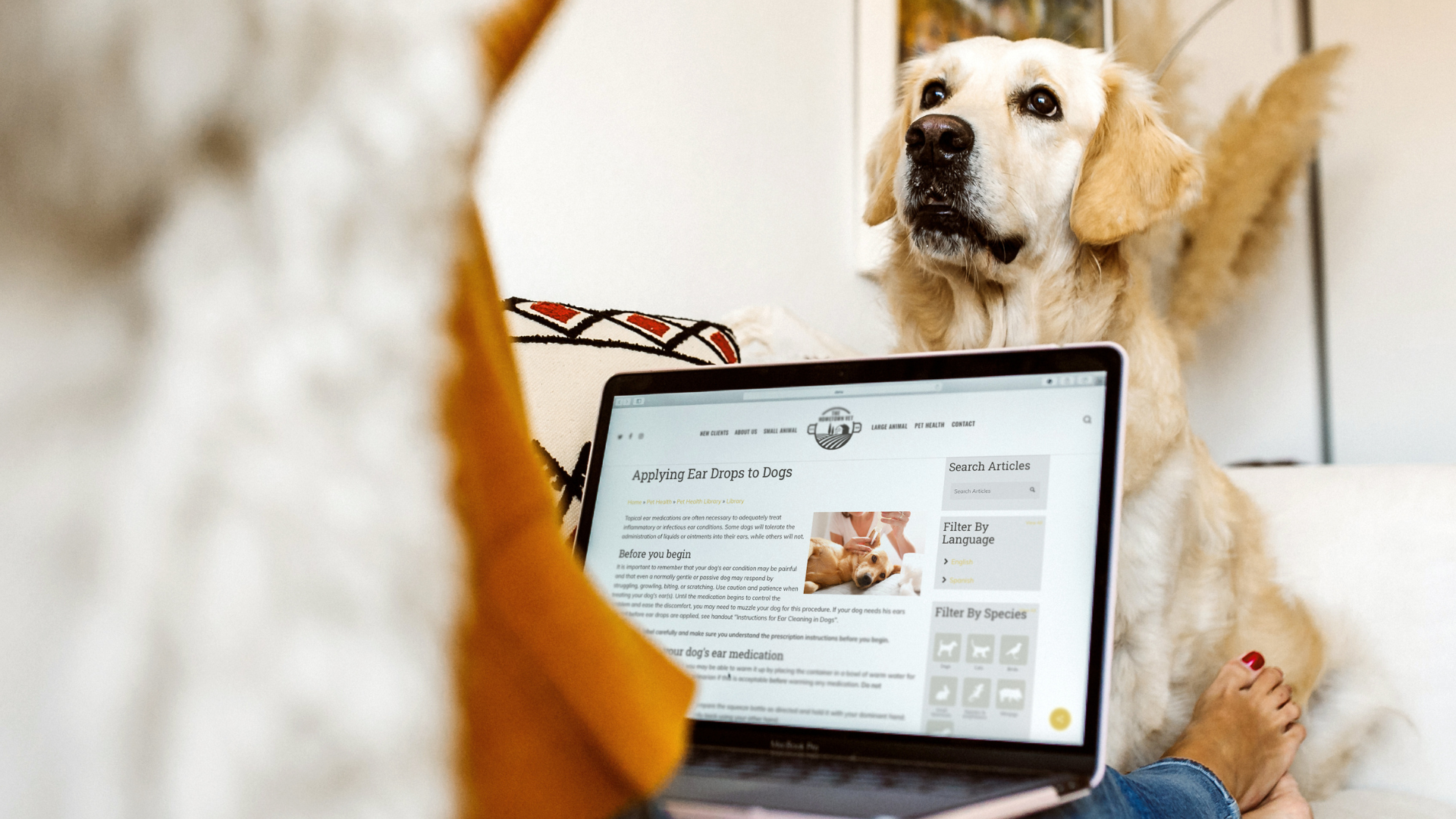You and your team naturally strive to make zero mistakes when sending emails to clients. Yet email mistakes happen and errors get through, especially when things are busy, stress is high, and time is short.
So, what do you do when an “oops” happens?
The answer depends on the type and severity of an email mistake.
Spelling and Grammar Errors

Spelling and grammar mistakes generally do not require a follow-up email. If someone mentions an error, an embarrassed chuckle and red face are likely fine as a response. Just make sure to thoroughly proofread your next email before hitting Send because email mistakes can be costlier than you may think.
In other words, without the corrections in place, the sentence might unintentionally convey misinformation. While spell checker tools like Microsoft’s Spelling & Grammar checker can catch simple issues, they often miss contextual errors. Grammar tools such as Grammarly offer a better layer of error-checking by highlighting issues with punctuation, context, and tone. Still, your final writing should always be reviewed manually by you or a colleague to ensure clarity.
Misidentifying a Person

If you misspell someone’s name or identify the wrong person in an email message, follow up in a human way. Send an email apologizing for the mistake and reiterate the original communication. Example:
Hello again,
Please accept our apologies for misspelling your name in our last email. We feel embarrassed about this and can only attribute the error to a busier-than-usual day at our clinic.
As a reminder, please call today to schedule your pet’s checkup.
Transparency and accountability build client trust. Mistakes are human and relatable. They make your practice feel more approachable when framed within a simple apology.
A second mistake is harder to excuse. Double-check your mailing list or email list for correct client information, especially if using an email marketing platform like ALLYDVM.
Sending an Email You Did Not Mean to Send

You accidentally click Send, or your cat lounges across the keyboard. Things happen. Whether it’s a test email sent to the entire email client or an incomplete thread, mistakes occur. The best approach is transparency—with a bit of humor where appropriate. Example:
Hello again,
You may have noticed that my last email went out incomplete. I intended to complete it, but my cat apparently thought it was just fine as it was and lounged across the keyboard to hit Send while I was making coffee. Please accept my apologies.
I would like to say that my cat also apologizes, but he’s currently chasing a crinkle ball down the hall and, by all observations, has no memory of what happened.
If you’re a cat owner, I’m sure you can relate.
Anyway, here is my original message in its entirety.
More serious email mistakes—like sending sensitive information to the wrong person—should be addressed immediately and professionally.
Mistakes That Impact Your Business

If you’ve sent the wrong event date or price, send a correction quickly. Never mask the mistake with excuses like “due to unforeseen circumstances.” Be honest. Honesty builds customer service credibility.
Overall Best Practices for Handling “Oops” Emails
Be Prompt
Send a follow-up immediately. A timely response prevents confusion and reinforces that you’re on top of your email management.
Don’t Panic
Take a breath. Panic may lead to further errors. Don’t rush. Write a thoughtful correction. Avoid a chain of cold emails or panicked replies.
Own Up to Mistakes
Explicitly state why you are sending a follow-up email, beginning with the subject line.
If you’re resending the same email with corrected information, use your original subject line, but add a word to the beginning to indicate that this is the email people should read. Examples:
- Subject Line: Correction – [Original Subject Line]
- Subject Line: Oops! – [Original Subject Line]
Make the corrected information 100% clear in the body of your email by also making the incorrect information 100% clear. Example:
In my previous email, I wrote that our customer appreciation BBQ and open house was August 15th from 2 to 8 p.m. I apologize for providing you with the wrong date. Our open house is August 16th from 2 to 8 p.m., and we look forward to seeing you.
When you make it easy for people to understand corrected information, you make the original email mistake seem less bothersome.
Don’t Grovel
A simple apology is plenty.
Use Humor
Where appropriate, humor humanizes your message. Emoji can sometimes help, but use them sparingly in professional emails.
Make an Offer
People enjoy unexpected rewards, which can smooth over email mistakes. So, use them where you can. Example:
In my previous email, I mistakenly informed you that our customer appreciation BBQ and open house was August 15th from 2 to 8 p.m. The correct date is August 16th from 2 to 8 p.m. As my way of apologizing for any trouble this may have caused you, please enjoy a second burger on us when you arrive. We look forward to seeing you.
The Bottom Line
Productivity drops and mistakes rise when emails are rushed or manually typed. An ideal email marketing system will:
- Minimize manual tasks
- Provide automation and cold email campaigns
- Improve open rate through personalization and clear CTAs

AllyDVM Helps with All of This and More
Trusted by over 40,000 veterinary professionals, the client communication platform AllyDVM takes the hassle out of everyday administrative duties and simplifies communications with automated appointment reminders, mass communication templates, and more so your team can tailor communication based on data from your practice software to ensure you’re reaching the right people with the right information with as little administrative effort as possible.
AllyDVM also syncs client data from your practice management software to automatically identify missed reminders and appointment opportunities.
All of this reduces workload, eliminates the guesswork in communication strategies, and ultimately helps prevent common email mistakes.





